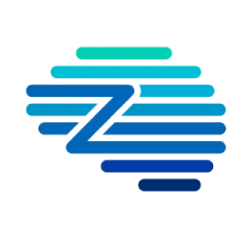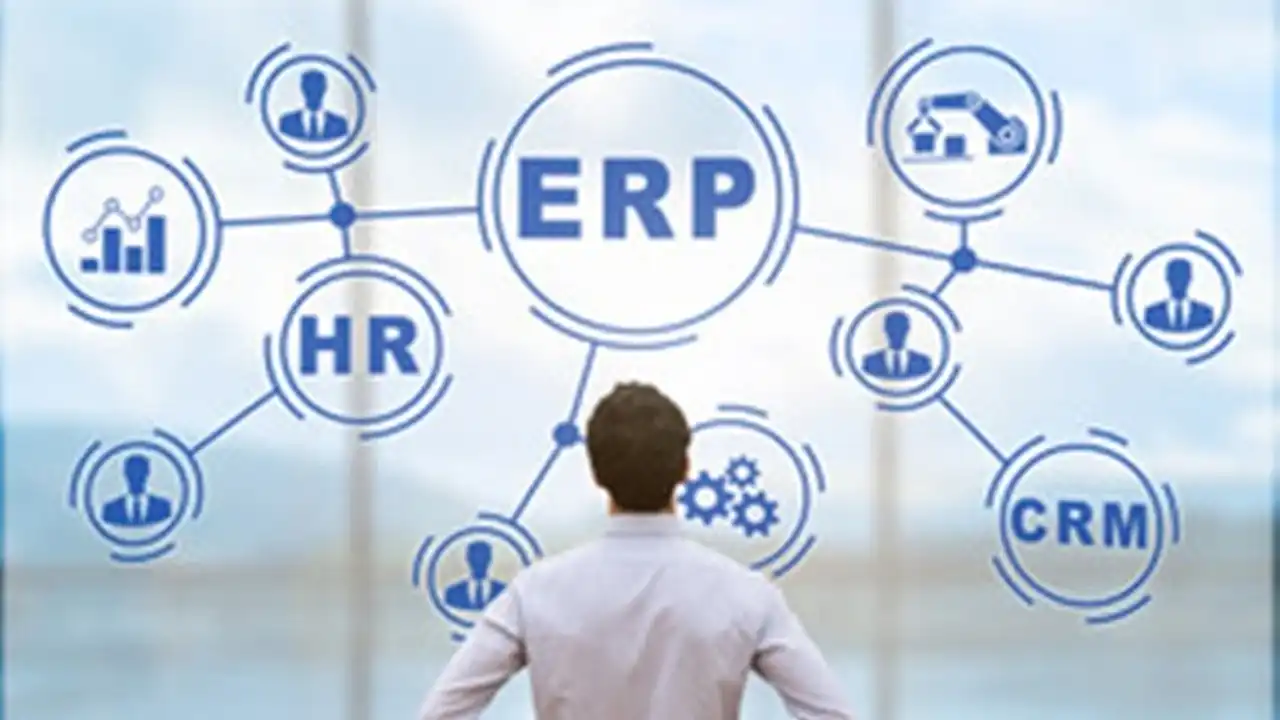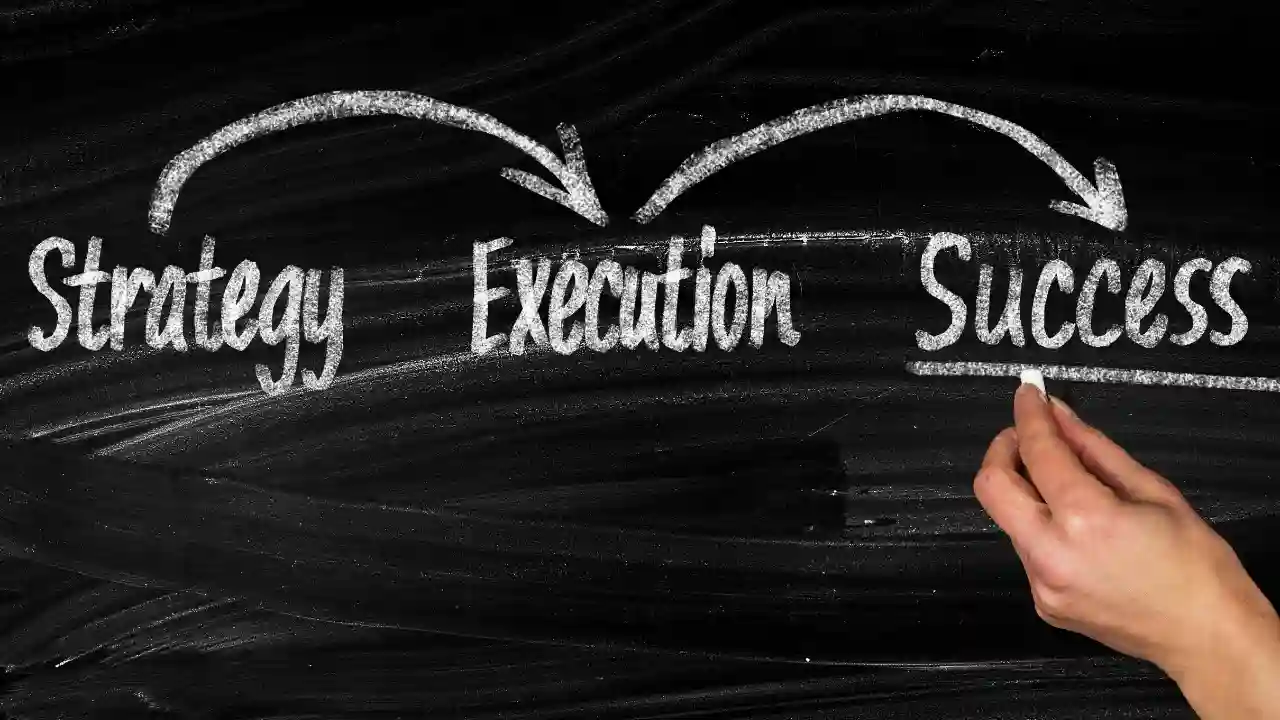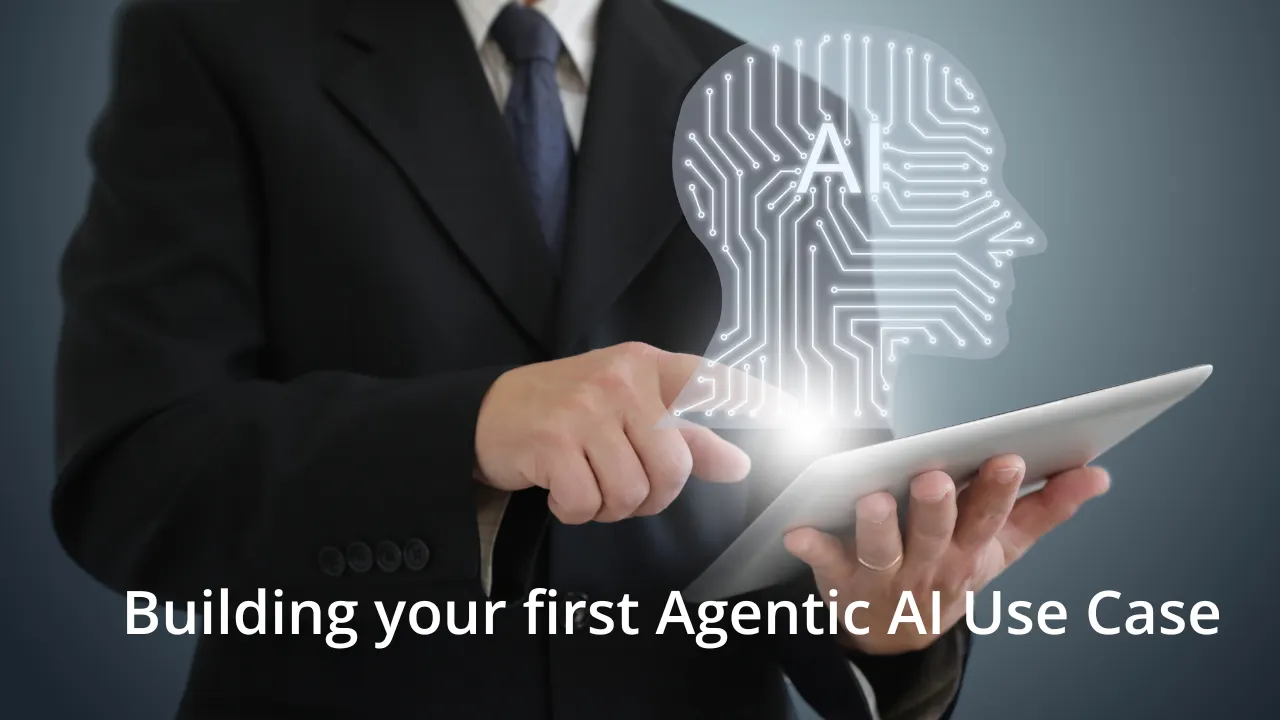Enterprise resource planning software has long been a stalwart in managing critical business functions. However, with the advent of cloud technology, certain limitations of procure to pay ERP systems have been exposed, especially in the field of procurement.
Procurement is a complex process that requires adaptability and collaboration, which enterprise resource planning software often lacks. Consequently, procurement team often seek alternative solutions outside of ERP, leading to challenges such as limited visibility, inefficiency, and wasted resources.
To address these issues, it’s important to explore better alternatives that empower procurement with the right tools. This is where procure to pay software comes in handy, catering to the specific needs of procurement and streamlining operations effectively.
In this blog, we will explore procurement management in the context of ERP and procure to pay software, helping you choose the optimal solution for your business needs.
Procurement Management Vs ERP – Challenges
ERPs play a vital role in simplifying and automating various backend operations, including procurement processes, but when it comes to the dynamic nature of the procurement function, they fall short in certain critical areas. These limitations can hinder fair, transparent, and efficient procurement management.
Here are the key areas where ERP systems struggle:
1. Lack of Pre-Invoice Event Recording:
ERPs don’t capture details of events such as order requisitions, vendor evaluations, PO generation, and goods received before an invoice enters the system, leading to incomplete data.
2. Inaccurate Time Reporting:
ERP reports are not real-time since they depend on when invoices are received and processed. Delays in receiving vendor invoices result in data lags, leading to outdated and inaccurate information.
3. Manual Invoice Entry:
In ERP systems, invoice details must be manually entered, which is time-consuming and prone to errors, especially when dealing with bulk entries.
4. Limited Insights:
While ERPs can generate reconciliation and analytics reports, their ability to leverage machine learning and provide meaningful insights is limited.
Due to these challenges, ERPs fail to provide clear data for making financial projections, forecasting fund requirements, and managing outstanding payments in real time. As a result, business leaders and decision-makers face significant challenges in setting sustainable growth roadmaps and controlling costs effectively.
Procurement Management & Procure to Pay ERP Software Solutions
Procurement software, including a Procure-to-Pay solution, offers many advantages for procurement management for SMBs and enterprises alike.
1. User-Friendly Experience and Speedy Operations:
Comprehensive ERP systems can be complex and challenging to use, causing difficulties in user adaptation. In contrast, procure to pay software provide an intuitive interface akin to popular platforms like Google and Amazon. With features like mobile requisitions, users can securely access the system at any time, enabling smooth approval processes and efficient supplier management. A Procure-to-Pay solution eliminates unnecessary delays, ensuring transparency and streamlined operations.
2. Customization and Integration Capabilities:
ERP systems are inflexible, making change management expensive and time-consuming. On the other hand, specialized Procure-to-Pay solutions offer flexibility, and vendors are willing to customize the software to suit specific business needs. Additionally, integration with existing tools like CRM and inventory management software is seamless with procure to pay software solutions.
For instance, Zycus’ Procure-to-Pay Suite offers effortless customization and integration with your existing systems. Its iConsole platform seamlessly integrates data and transactional touchpoints for trading documents with any ERP system.
3. Ease of Implementation:
Implementing erp system in supply chain for specialized functions like procurement management can be time-consuming. In contrast, standalone is faster and more straightforward to implement.
4. Enhanced Transparency:
Modern Procure-to-Pay software offer a range of features unavailable in a traditional ERP solution. These features include contract lifecycle management, which simplifies business processes related to contracts and ensures critical elements such as delivery dates are tracked effectively.
For instance, Zycus offers unique features like contract lock, mobile requisitions, quick sourcing, compliant eInvoicing, and guided buying. These features provide stakeholders with access to procurement functions on a single platform, reducing maverick spends and ensuring process efficiency through automated workflows and built-in check mechanisms like 3-way invoice matching.
IDC Highlights Zycus AI: A Game-Changer in Procure-to-Pay Solutions
Discover why IDC, a leading global market intelligence firm, recognizes the transformative potential of Zycus AI Solutions in the procure-to-pay space. This video delves into how Zycus’s innovative technologies are revolutionizing procurement processes and driving efficiency in the Philippines and beyond. Watch the Video to Learn More!
Procure To Pay Software vs. ERP: Which is the better fit?
While ERP systems can be complex and demanding, they may not always be an ideal fit for the procure to pay process, especially when it involves external stakeholders like suppliers.
Investing in a Procure to Pay software over ERP ensures:
- Real-time visibility of finances
- Accurate financial projections and better financial planning
- Smooth vendor management
- Fewer process breakdowns
- Identification of any potential leakages in spends
The array of benefits that P2P software provides in contrast to ERP systems for procurement management makes it an obvious choice for organizations seeking to optimize their procurement workflow and enhance their procurement management capabilities.
Considering the complexities and diverse stakeholders involved in procurement, an ideal solution should be agile, customizable, and cost-effective, ready to adjust to the ever-changing demands of the business.
Automating the procurement function by investing in modern procure to pay software solutions facilitates faster deliveries, reduces manual effort, and helps build a transparent system enabling decision makers to focus on more strategic functions such as business growth. Integrating ERP and supply chain systems further enhances this by providing seamless data flow across departments, ensuring greater visibility and alignment for more efficient decision-making.
This is where Zycus’ AI-powered Procure-to-Pay suite shines, encompassing eProcurement, eInvoicing, Supplier network, and Inventory management. By automating and streamlining the Procure-to-Pay function, Zycus accelerates the process while ensuring compliance.
Recognized in the Gartner Magic Quadrant for Procure-to-Pay Suites for four consecutive years, Zycus has been effective in empowering procurement journeys across the globe.
If you’re seeking a solution that can boost your organization’s procurement efficiency, reach out to us and we’ll walk you through the benefits!
Related Read:
- What P2P Needs to Be: Must Haves and Wish Lists to Transform Procure-to-Pay
- Your Guide to Procure-to-Pay
- Why Organizations Must Integrate Procure-to-Pay Software
- Procure to Pay Solution Software
- White Paper – Driving Procure-to-Pay User Adoption Through Change Management Focus
- White Paper – Best Practices Driving Procure-to-Pay Efficiency
- White Paper – Integrating ERP with P2P to Boost Business Process Efficiency




























































